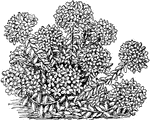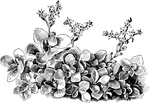Clipart tagged: ‘sedum’
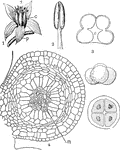
Angiosperm
This illustration shows the flower and sporophylls of Angiosperms: 1, flower of Sedum with leaf-like…
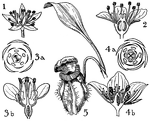
Orders of Crassulaceae, Saxifragaceae, and Cephalotaceae
Pictured are the orders of crassulaceae, saxifragaceae, and cephalotacea. The flowers of these orders…

Sedum
Sedum is the large stonecrop genus of the Crassulaceae, representing about 400 species of leaf succulents,…
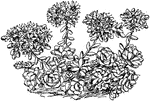
Spathulifolium Sedum
This plant belongs to the sedum, featuring high water retention, great for filtering air pollutants.
